Anodization Plant Tour
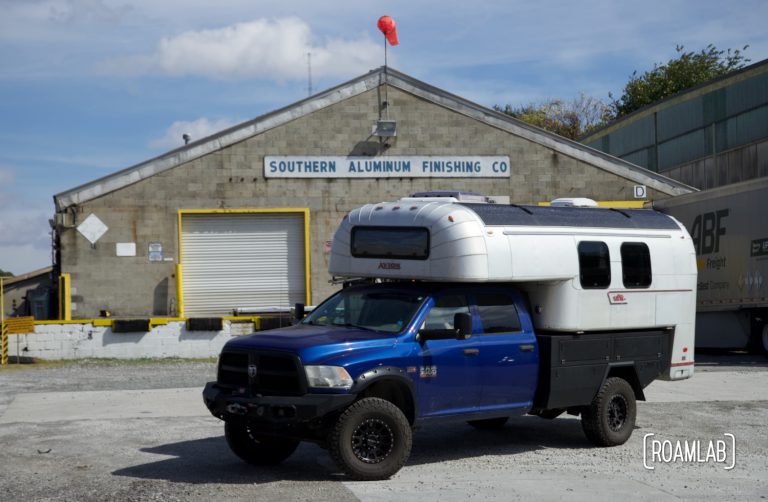
The Roam Lab team tour the original anodization factory of Southern Aluminum Finishing (SAF) metal fabrication distribution & finishing in Atlanta, Georgia.

The Roam Lab team tour the original anodization factory of Southern Aluminum Finishing (SAF) metal fabrication distribution & finishing in Atlanta, Georgia.
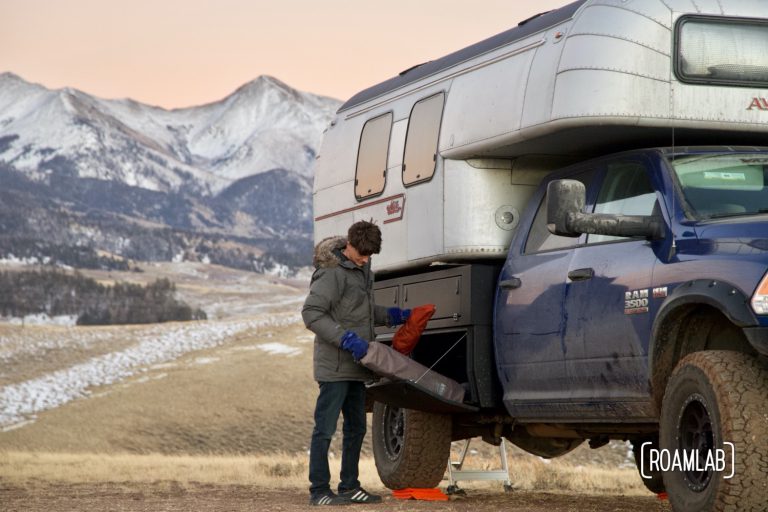
Overland rigs are never “done.” There is always some new upgrade in the hopper. And while we have mostly been focusing on renovating our 1970 Avion C11 truck camper, that’s not to say we’ve been ignoring our truck. Along with…

Today I received a comment asking why Avions are dull. “I would think a polish and good wax would be a good idea. Any thoughts?” And I have more than thoughts, I have an explanation. And given this isn’t the first time I’ve fielded a similar question, I figure I might as well share my feedback outside of the comments.

We love truck campers. Their size, flexibility, and convenience had us sold long before we found our 1970 Avion C11 slide in. But there is one very notable downside: storage. Sure, we already knew our camper would be on the small side. But, there’s a lot of potential storage lost where the camper body cuts in to make room for the truck bed’s wheel wells and walls. That actually adds up quite a bit of unused empty space (how much, we’ll get into later)
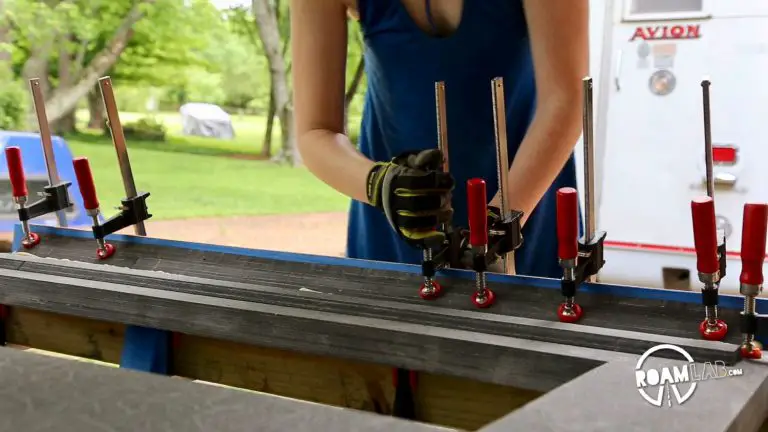
This has been a long time in the making. When we bought our Avion C11 truck camper, we knew that the full bed aligned east-west would not work for our full time intent. Initially, we struggled to conceive of a method to form a queen sized bed simply by altering the interior arrangement of the camper. While we could introduce sliding or folding out bed extensions, we could not agree on a solution that wouldn't require us to regularly make and break down a bed or block the interior windows. And so, we reluctantly agreed, we would be extending the cabover.
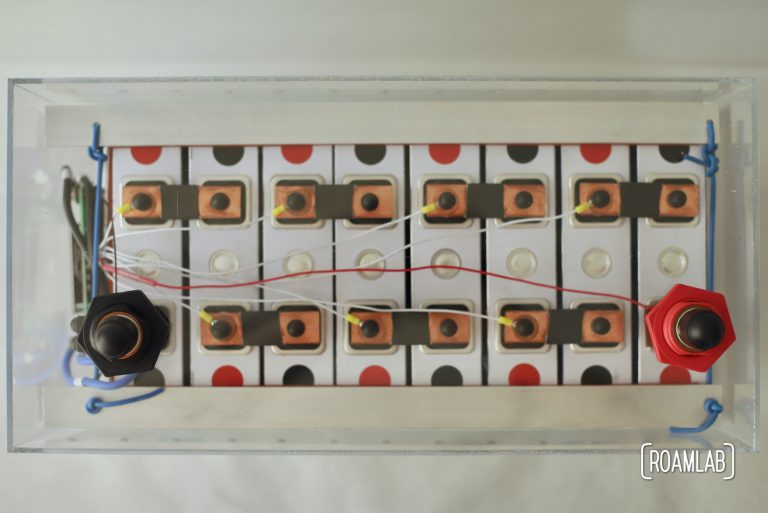
When we first stripped the electrical system out of our 1970 Avion C11 truck camper, it was still in the days of acid cell batteries. Lithium cell batteries were on the market but outside of the budget of most any RV owners, including us. But in subsequent years, lithium has not only became a viable choice but also the rational choice for most RV builds. With our extended history of meticulous build projects, this wasn't going to be a simple upgrade. No, we decided to develop our lithium batteries. (You can read more about our thinking on that point in our articles Best Camper Battery and What To Know When Choosing A Lithium Battery For An RV)
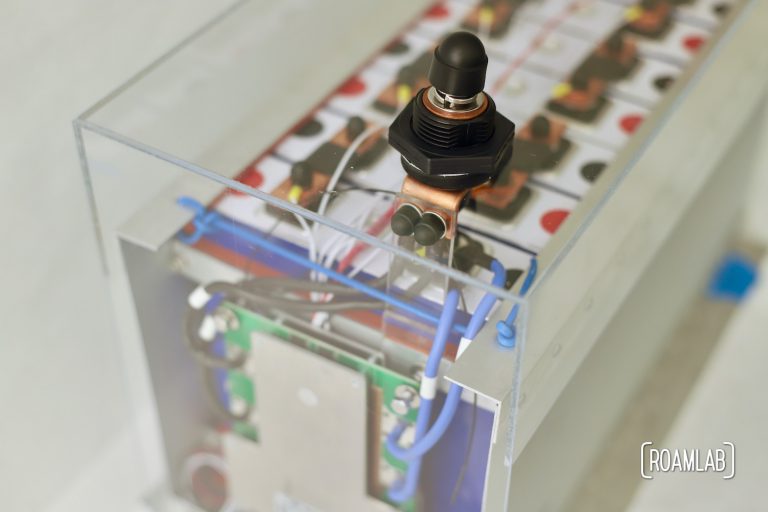
We make a custom battery box for our DIY lithium batteries featuring buck riveted aluminum, high impact rubber, and a plexiglass viewing window.
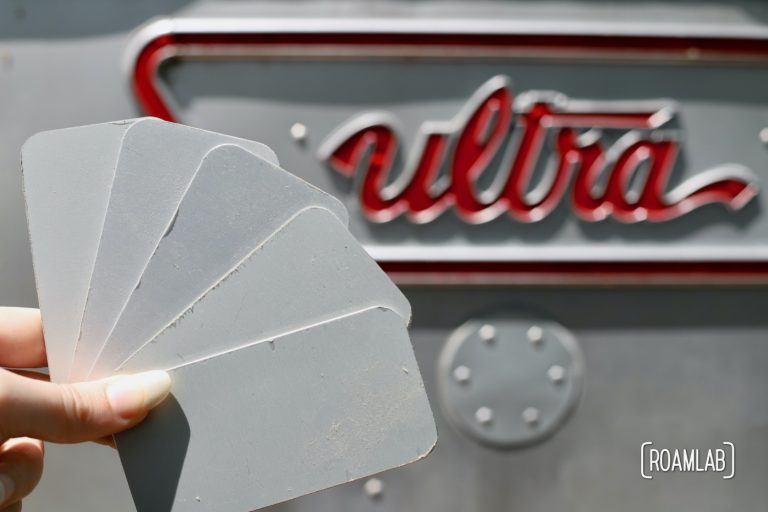
Learn how to source aluminum sheet for patching and repairing a vintage Avion camper. Understand alloy, anodization, thickness, and dimensions.

A lot of the detail work on Avion truck campers is top notch. But windows have come a long way since 1970. After extensive work resealing and reenforcing many of our camper's seams, one of the few remaining leak points is the windows. The current windows along the body are split into two panes. The larger top pane does not open. An understandable choice given that the surface these windows are built on is curved. Framing out a curved window pain and frame that opens and is fit for weather and highway durability would be a huge challenge. So, only the lower pain opens. It is a section just low enough for the pain to be flat. But this also means it is a very small opening: just enough for a little venting.
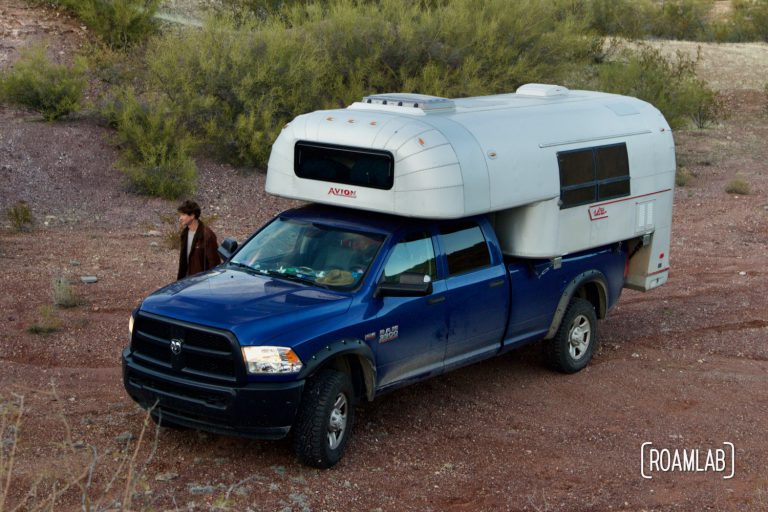
We get the air flowing in our truck camper by installing a MaxxAir fan. Check out our continuing roof renovation work.